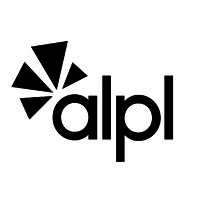
Avon Lake Public Library
The public library serving the city and school district of Avon Lake, Ohio, and neighbors. Past and present employees can connect here. Fast facts: population served = 24,000 circulation = 400,000 items annually visitors 275,000 annually, 130,000 items in collection. We have one location and we are not part of any consortia save the Ohio Digital Library for ebooks. We are an OCLC lender and supplier.






